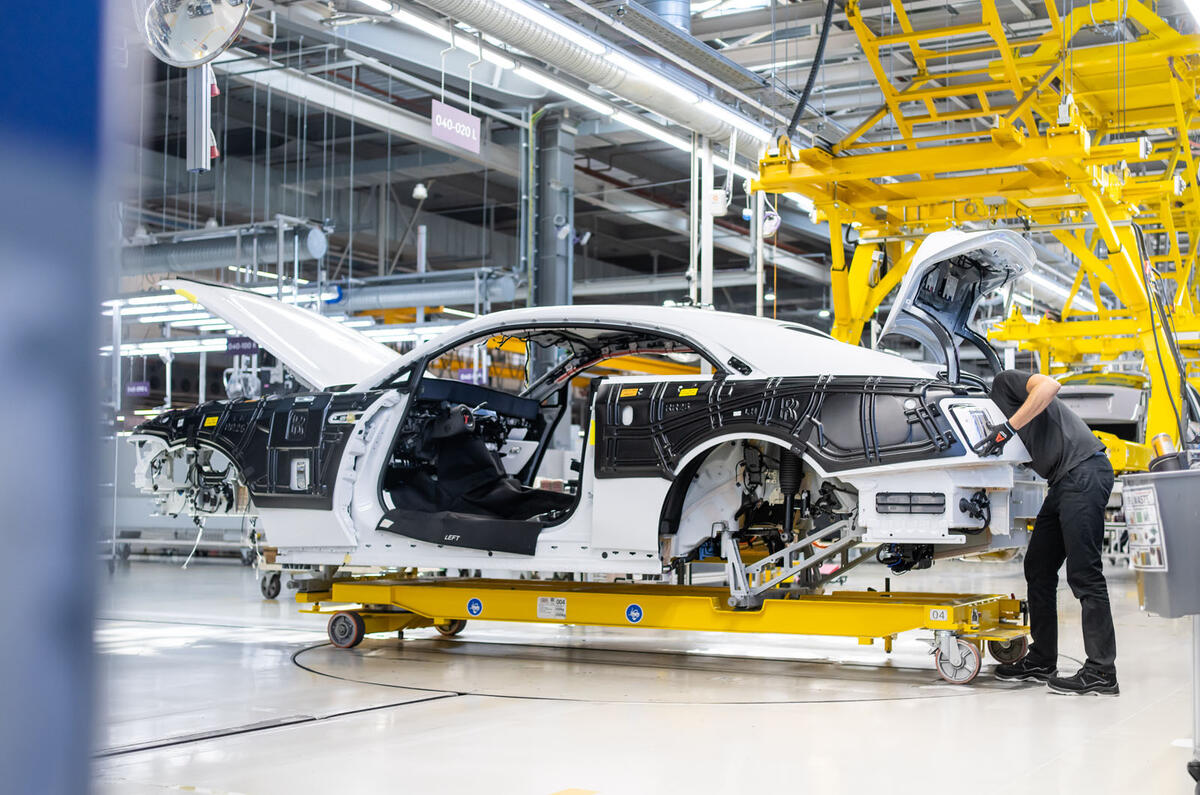The current UK government is proving one of most automotive-friendly in years, winning plaudits from the industry for its successful haggling over US tariffs, loosening of the ZEV mandate without a disruptive rewrite, and now for a new industrial strategy that puts automotive right at its heart.
One of the hopes the government expressed within the strategy document is that UK vehicle manufacturing output can climb again, from a paltry 905,233 cars, vans, trucks and buses last year to 1.3 million by 2035.




Add your comment